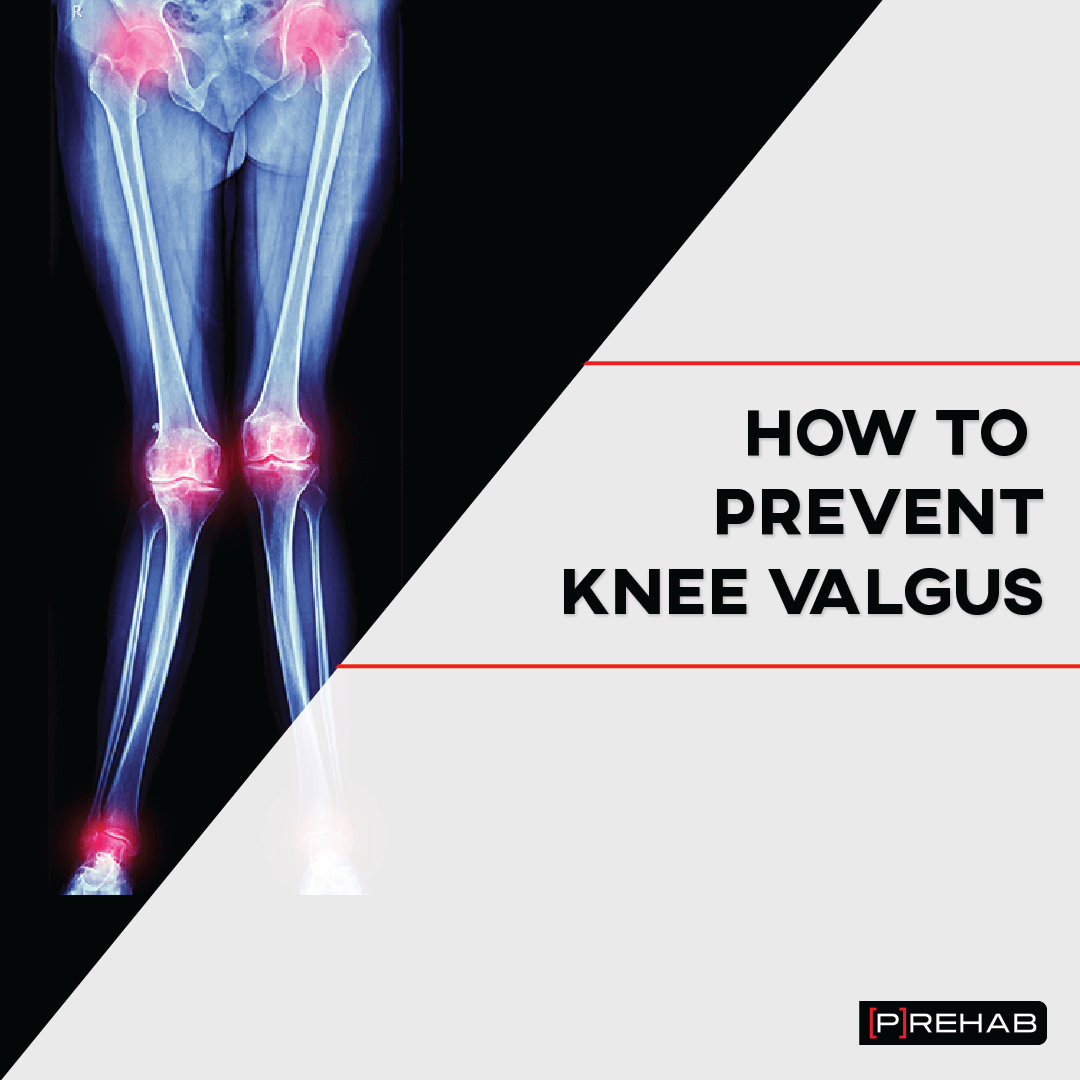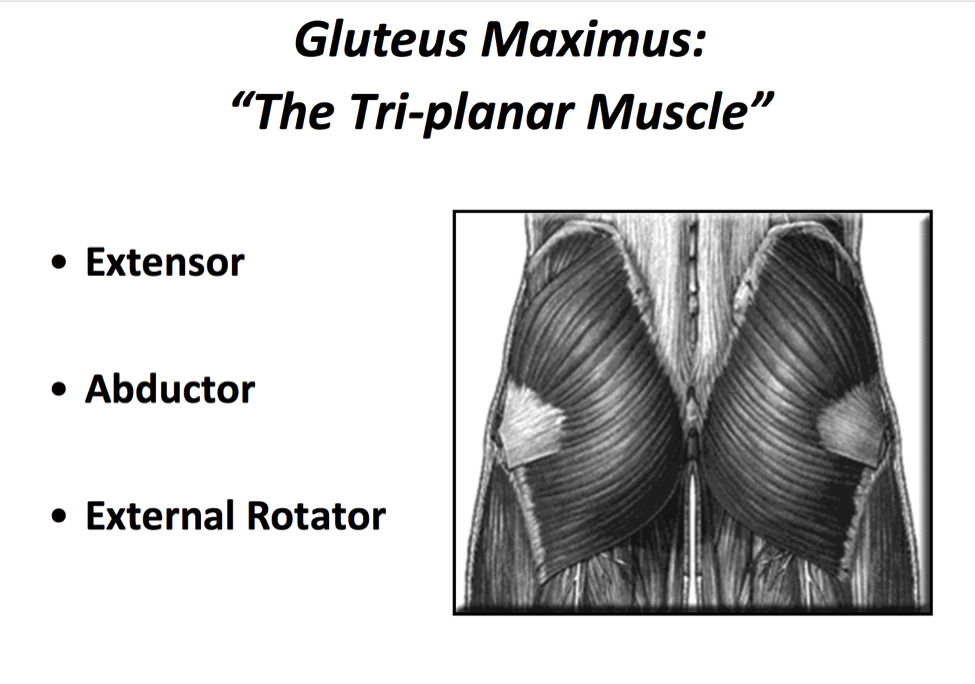
Valgus collapse, also known as genu valgum, can be defined as the excessive femoral adduction and internal rotation of the knees (Bliven, 2014). This condition can be seen during activities such as walking, squatting and jumping. Its etiology is thought to emanate from weak hip muscles, and is also associated with patellofemoral pain (Bolga, Malone, Umberger, & Uhl, 2008). In the following paragraphs, I would like to explore valgus collapse, analyze the muscles involved, and provide solutions to mitigate this condition.

The gluteus maximus is a muscle, which extends the hip and externally rotates the femur. The gluteus medius is another muscle, which abducts the hip and assists in internal rotation (Hollman, Ginos, Kozuchowski, Vaugh, Krause, & Youdas, 2009). If these muscles are working optimally, they will keep the hip, knee and ankle in line during activities such as squatting, lifting, and jumping. Hollman et al. (2009) reported that during a single leg squat, subjects who moved into valgus collapse also had decreased hip external rotation motions from the hip. This occurrence helps support the notion that the gluteal muscles, when weak, may be contributing to femoral internal rotation. In their study, Hollman et al. (2009) also found that gluteus maximus strength was negatively correlated with knee valgus during the step-down test via EMG analysis. Considering that the gluteus maximus muscle helps keep the knees aligned, what might we do to help correct this problem? Below is an exercise that I use to help correct valgus collapse:
Squat + Induced Valgus Collapse
Understanding muscles that may be exacerbating valgus collapse allows us to develop strategies to overcome this dysfunctional movement pattern. In my practice, one simple exercise that I use is a squatting pattern while inducing a valgus collapse. That is, while the client is squatting, I am attempting to draw the knees together. Their objective is to resist the imposed valgus collapse by me, thereby activating the gluteus muscles by default. In this way, the client is forced to become consciously aware of the aberrant movement and forcefully move against the collapse. This corrective exercise can be modified for one or both knees, depending on whether one or both knees are internally rotating.
As I have mentioned in previous posts, I would also recommend performing self-myofascial release on any tender muscles, especially in the hip regions prior to training. I recommend this because tender muscles may have trigger points, which can cause aberrant motor function, restricted range, pain and premature fatigue (Celik & Yeldan, 2011). Self-myofascial release has been shown to help mitigate these symptoms (MacDonald, Button, Drinkwater, & Behm, 2014).
Valgus collapse is a dysfunctional movement pattern that can occur during a myriad of standing activities, and has strong associations to knee pain and weak hip external rotators. Providing simple, yet effective, corrective movements can help, and potentially circumvent, patellofemoral pain while strengthening the hip region.
References
Bliven, K. (2014). Functional anatomy of the knee. Part 1: Anatomy [Slideshow Presentation]. Retrieved February 16, 2014, from http://assets.atsu.edu/BB/ASHS/HM/HM502/HipThightP1.mp4
Bolga, L. A., Malone, T. R., Umberger, B. R., & Uhl, T. L. (2008). Hip strength and hip and knee kinematics during a stair descent in females with and without patellofemoral pain syndrome. Journal of orthopedic and sports physical therapy. 38 (1), 12-18.
Hip strength and hip and knee kinematics during a stair descent in females with and without patellofemoral pain syndrome
Celik, D., & Yeldan, I. (2011). The relationship between latent triggerpointand musclestrength in healthy subjects: A double-blind study. Journal of Back and
Musculoskeletal Rehabilitation. 24(4), 251-256.
The relationship between latent triggerpointand musclestrength in healthy subjects: A double-blind study
Hollman, J. H., Ginos, B. E., Kozuchowski, J., Vaugh, A. S., Krause, D. A., & Youdas, J. W. (2009). Relationships between knee valgus, hip-muscle strength, and hip muscle recruitment during a single limb step-down. Journal of Sport Rehabilitation. 18 (na), 104-117.
Relationships between knee valgus, hip-muscle strength, and hip muscle recruitment during a single limb step-down
MacDonald, G. Z., Button, D. C., Drinkwater, E. J., & Behm, D. G. (2014). Foamrollingas a recovery tool after an intense bout of physical activity. Medicine and Science in Sport and Exercise. 46(1), 131-142.
Foamrollingas a recovery tool after an intense bout of physical activity
-Michael McIsaac
